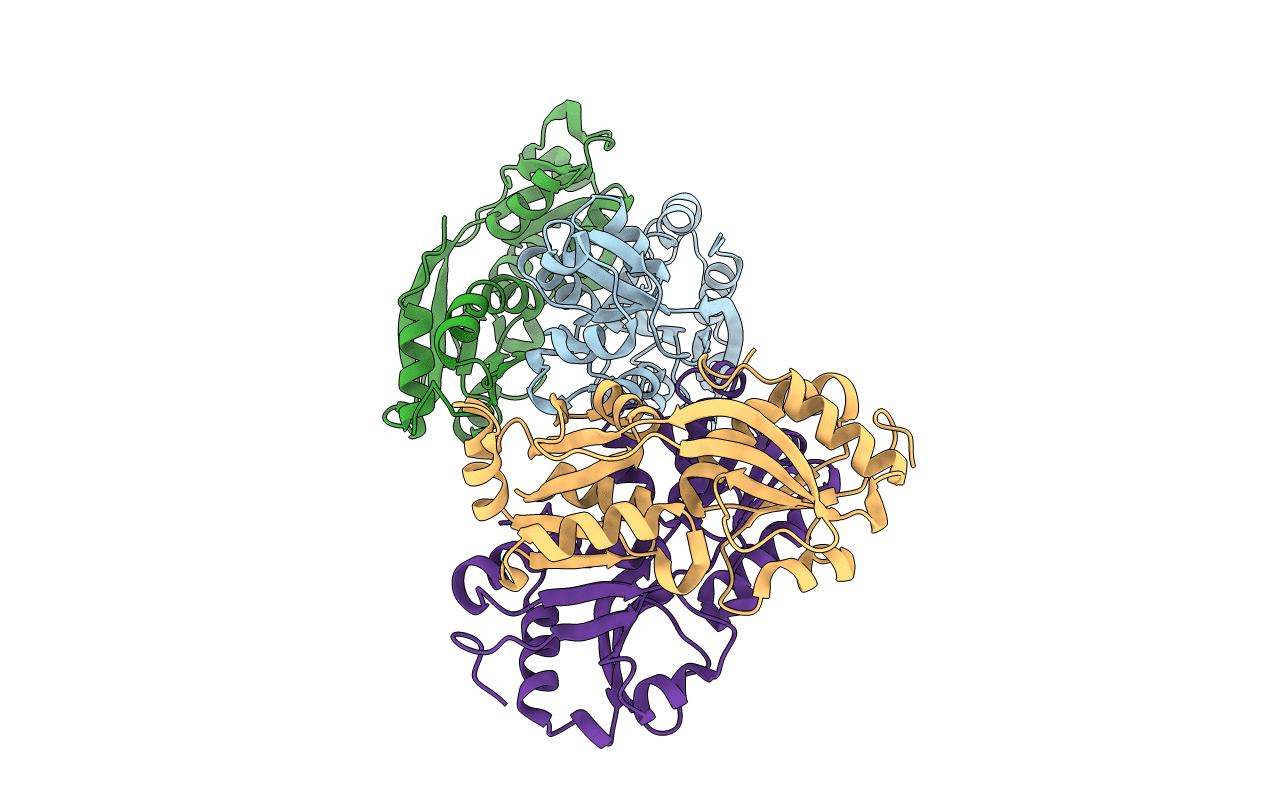
Deposition Date
2014-10-25
Release Date
2014-11-26
Last Version Date
2023-09-20
Entry Detail
Biological Source:
Source Organism:
Sphingobium chlorophenolicum (Taxon ID: 46429)
Host Organism:
Method Details:
Experimental Method:
Resolution:
2.70 Å
R-Value Free:
0.21
R-Value Work:
0.16
R-Value Observed:
0.16
Space Group:
H 3


